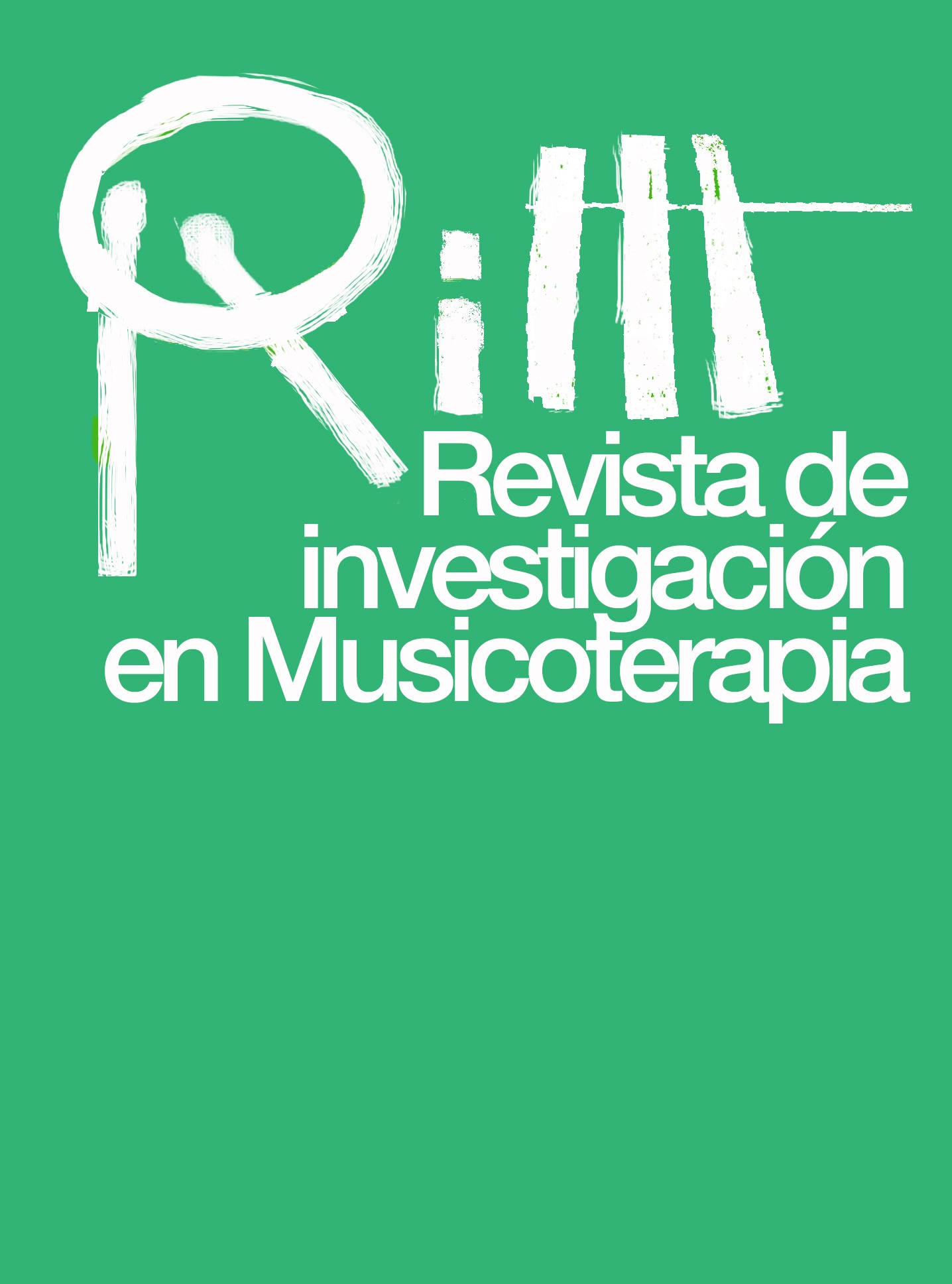Approach for intervention through music therapy to optimize arousal level in children with ASD
Keywords:
Music therapy, ASD, arousal, musical improvisation, activation levelAbstract
This article deals with the implications of the level of arousal in children with ASD, and its implications for attention deficits that are part of the nuclear characteristics of the diagnosis or comorbid with it, such as ADHD or anxiety disorder. This variable of attention will be treated through music therapy, with different methods such as improvisation. The results will be obtained through questionnaires filled out by families and speech therapists, in order to be able to observe the generalizations of the objectives achieved in the music therapy sessions. After all this the conclusions obtained are the benefits of music therapy in this population, and the improvement of several behaviors of the users through the improvement of the level of activation and an adequate stimulation.
Downloads
References
American Psychiatric Association. (2014). DSM. Manual de diagnóstico y estadístico de los trastornos mentales (5ª Ed.) Editorial Médica Panamericana, Madrid. Barrena, Félix; Chávez, Sergio. (2008). Romper el silencio. Musicoterapia aplicada a personas con TEA. Música, terapia y comunicación. Revista de musicoterapia, 28, pp. 15 – 26. Recuperado el 23 de Enero de 2007, desde: http://www10.ujaen.es/sites/default/files/users/biblio/Revistas%20pdf/Musicoter apia/mtc.%20n%2028.pdf
Del Olmo, Mª J (2009). Musicoterapia con bebés de 0 a 6 meses en cuidados intensivos pediátricos”. Tesis doctoral, Facultad de Medicina de Universidad Autónoma de Madrid, Madrid.
Kim, Jinah; Wigram, Tony & Gold, Christian. (2008). The Effects of Improvisational Music Therapy on Joint Attention behavios in Autistic Children: A Randomized Controlled Study. J. Autism Dev Disor, 38, pp. 1758 – 1766.
doi: 10.1007/s10803-008-0566-6
Grañana, Nora E. (2009). Alteraciones de la atención en trastornos del espectro autista.
Psicofarmacología, 57, pp. 27-32. Recuperado el 23 de Enero de 2017: www.sciens.com.ar
Goodwin, Matthew S.; Groden, June; Velicer, Wayner F.; Lipsitt, Lewis P.; Baron, M. Grace; Hofmann, Stefan G. & Groden, Gerald. (2006). Cardiovascular Arousal in Individual With Autism. Focus on autism and other developmental disabilities, 21(2), pp. 100 – 123. Recuperado el 23 de Enero de 2017, desde: http://journals.sagepub.com/doi/pdf/10.1177/10883576060210020101
López-Frutos, José Mª; Sotillo, María; Tripicchio, Paula y Campos, Ruth. (2011). Funciones atencionales de orientaión espacial, alerta y control ejecutivo en personas con trastornos del espectro autista. Revista de Psicopatología y Psicología Clínica,16 (2), pp. 101- 112. Recuperado el 23 de Enero de 2017 desde: http://www.aepcp.net/arc/02_2011_n2_frutos_sotillo_tripicchio_campos.pdf
Psicologiadelauned.com. Tema 6. Atención sostenida. Recuperado el 23 de Enero de 2017:
http://www.psicocode.com/resumenes/6ATENCION.pdf
Riviére, Àngel. (1997). El tratamiento del autismo como trastorno del desarrallo: principios generales. En À. Riviére y J. Martos (comp.) El tratamiento del autismo. Nuevas perspectivas. Madrid: INSERSO.
Román Lapuente, Francisco; Del Pino Sánchez, María; Rabadán Pardo, María Jose. Tema 4. Variables de la actividad mental: Nivel de conciencia, velocidad de procesamiento y atención. Trabajo presentado en clase de Neuropsicología, febrero, 2011. Recuperado el 23 de Enero de 2017:
http://ocw.um.es/cc.-sociales/neuropsicologia/material-de-clase-1/
Simpson, Kate; Keen, Deb. (2011). Music Interventions for Children with Autism: Narrative Review of the Literature. J. Autism Dev Disor,41, pp. 1507- 1514.
doi: 10.1007/s10803-010-1172-y
Wing, L. & Gould, J. (1979). Severe impairment of social interaction ans associated abnormalities in children: epidemiology and classification. Journal of Autism and Developmental Disordes, 9, pp. 11-29.
Wing, L. (1998). The continuum of autistic characteristics. Diagnosis and Assesment in Autism. En Schopler, E. y Mesibov, G. B. (Eds)
